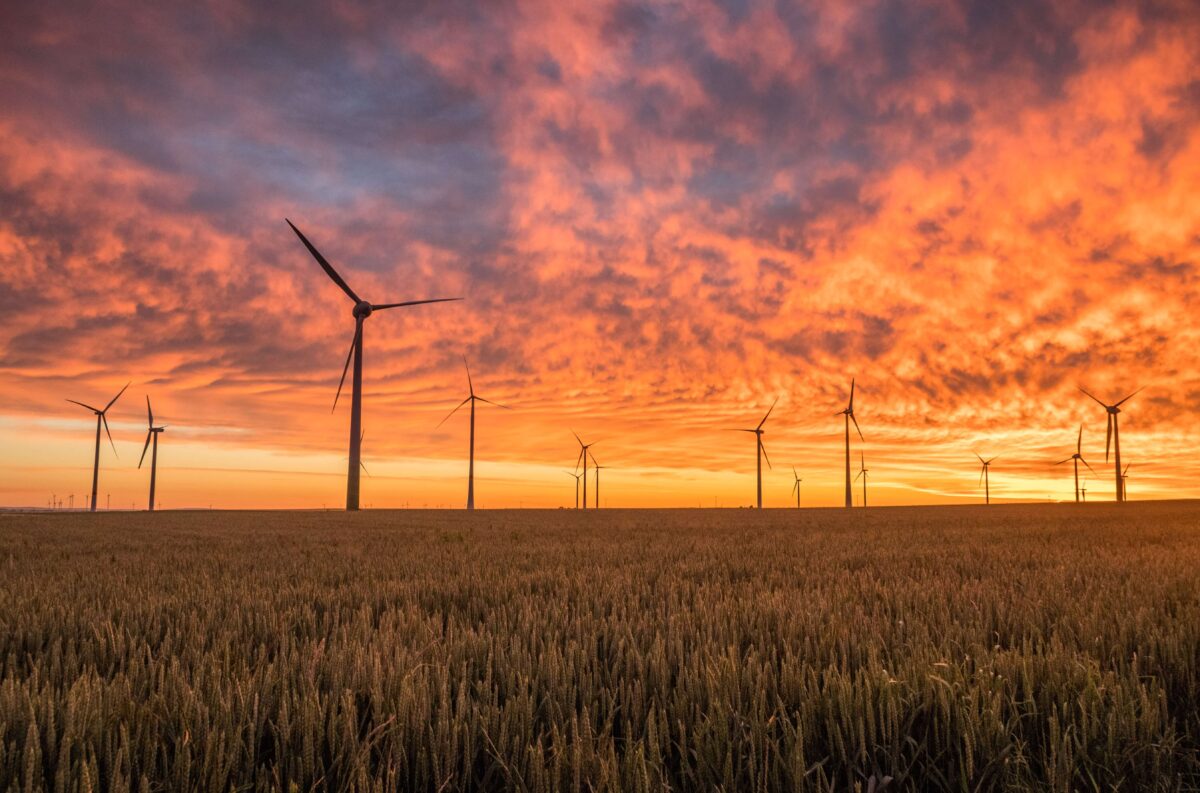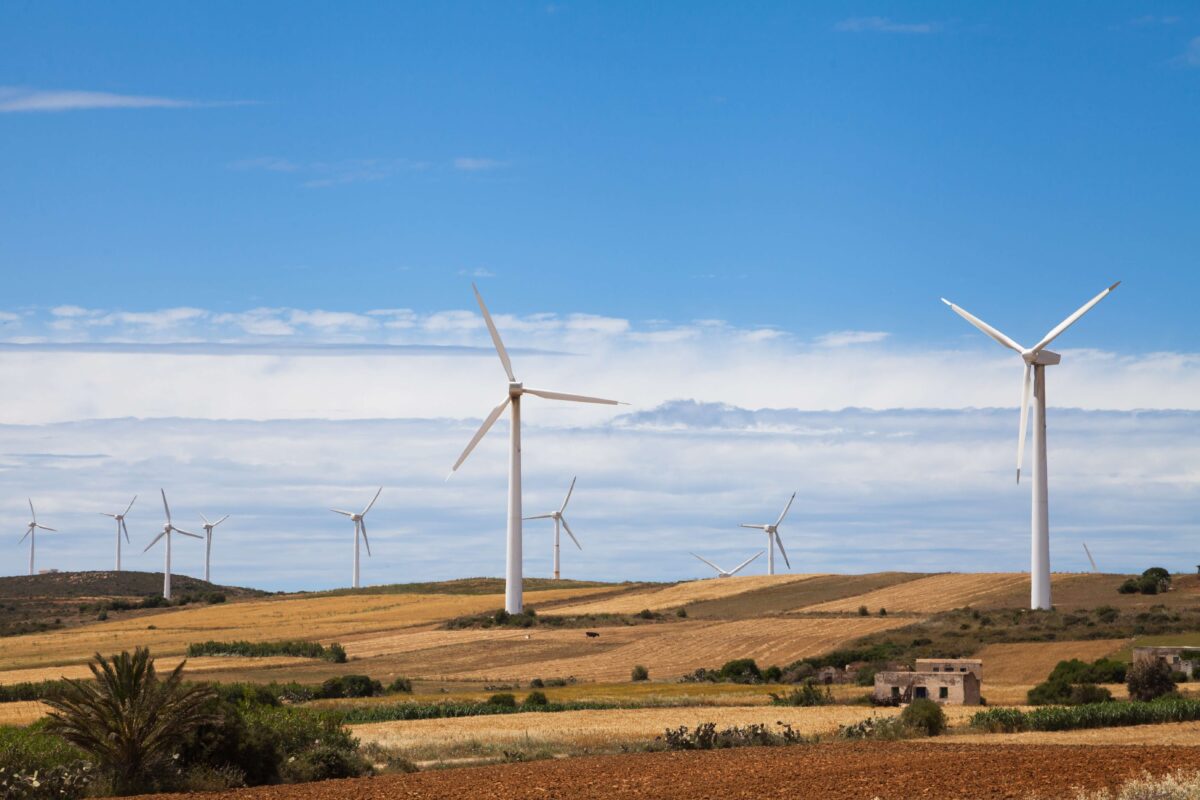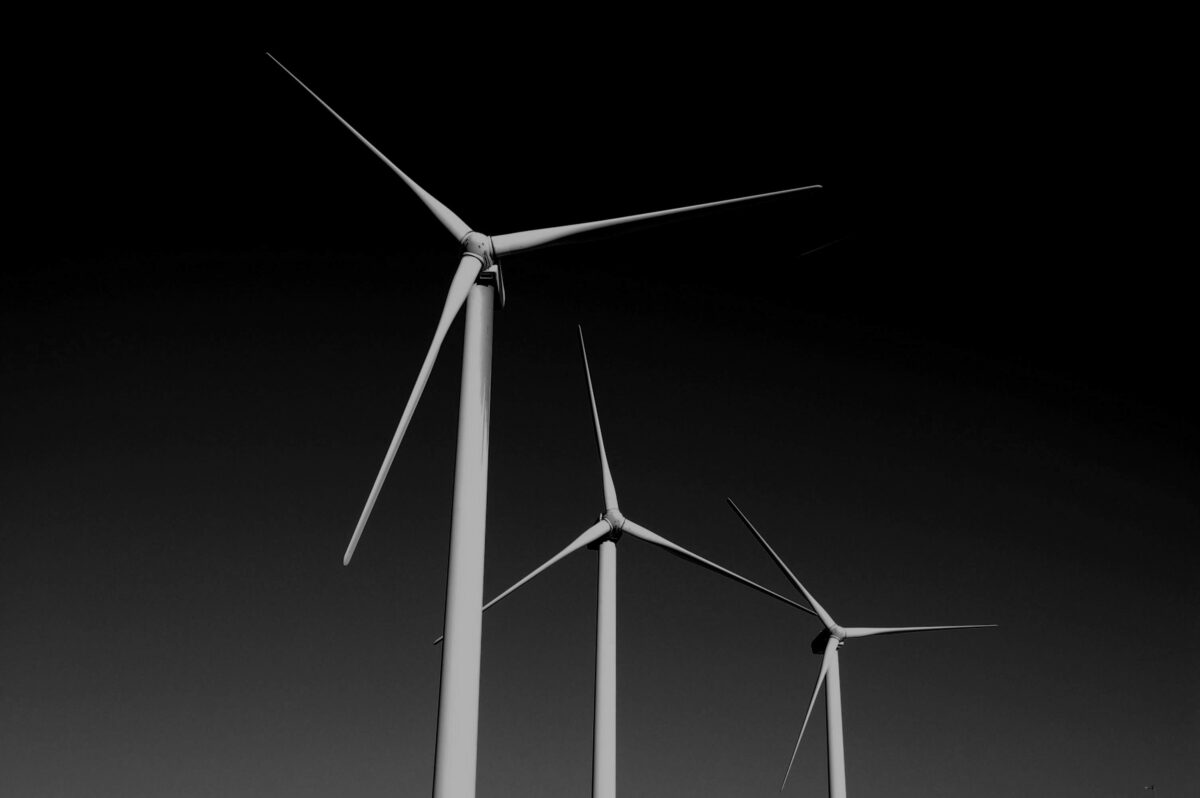Global energy news
The UK has been powered without coal for three days in a row thanks to increasing low carbon generation helped by recent warm weather. Only last week a new coal free record of 55 consecutive hours was set, however this was passed this week with the most recent run reaching 76 hours. Gas supplied around 30% with wind and solar contributing 25% and 6.2% respectively, the rest coming from nuclear, biomass and imports.
A report released by Drax Electric Insights has shown the response of the UK energy system to the “Beast from the East”. Thursday 1 March was the coldest spring day on record which pushed electricity demand up by 10% as people used more electric heating; electricity prices peaked at 5 times the average for the quarter. Despite wind generation being particularly high when most needed, coal use increased due to higher gas prices. During this time, Britain exported energy to France due to a greater reliance on electric heating in France.
Global wind capacity is expected to rise by more than half in the next five years according to the Global Wind Energy Council. In its annual report, the GWEC said global wind capacity stood at 539GW at the end of 2017, up 11% on the previous year. This is predicted to increase 56% to 840GW by the end of 2022 as countries develop more renewable energy to meet emissions targets and prices continue to fall. China continues to be the largest wind farm market in the world.
The US Government has announced $39 million in funding to support R&D of hydrogen and fuel cell technologies. The aim of the investment is to address key early-stage technical challenges for fuel cells and hydrogen production, storage and delivery infrastructure. Recently, work has started on the “world’s largest” hydrogen pilot facility in Linz, Austria. The €18 million project will have a capacity of 6MW and be capable of producing 1,200 cubic meters of hydrogen per hour. It will test applications of green hydrogen in the power reserve markets for electricity and other future technologies required to meet global climate goals.
Greeneum has created the first blockchain-powered sustainable, scalable and secure energy and data trading platform. Built on the Ethereum blockchain, the platform is an energy production management system that enables contributors from around the world to invest in green energy projects.
UK-based energy supplier OVO Energy has launched a number of products including one of the first widely available domestic vehicle to grid (V2G) chargers. The 6kW bi-directional charger will allow users to sell surplus energy back to the grid managed by VCharge, the company’s artificial intelligence platform. The chargers will be made available to 1000 Nissan LEAF drivers as part of a £3million two-year trial.
Solar and storage
According to the International Renewable Energy Agency (IRENA), India overtook the continents of North America and Europe for solar power capacity added during 2017. As it targets 100 GW of solar capacity by March 2022, India added 9.6GW in 2017, more than the 8.6GW and 5.9GW achieved by North America and Europe respectively. Meanwhile, China has deployed 9.65 GW of new solar PV capacity in the first quarter of 2018, up 22% on the same period last year.
A new report by the Solar Trade Association has highlighted how local authorities (LAs) are leading the way when it comes to solar deployment in the UK. Solar gives the opportunity to save money, provide a stable source of revenue and tackle local fuel poverty. LAs are in a unique position to source cheaper finance, pursue projects over longer timescales and control planning policy.
Ørsted, one of the UK’s largest wind farm developers who are nearing completion of the world’s largest wind farm, will become one of Britain’s largest commercial battery developers as well. As variable renewable generation continues to grow, the need for energy storage such as batteries also increases. Next month, Ørsted will begin building a 20MW storage project in Liverpool which it hopes will provide balancing services to the National Grid by the end of the year.
A recent report by Imperial College London has found that a gravity-fed energy storage system, of the type under development by Gravitricity, could be more cost effective than batteries, particularly when it comes to grid balancing services and rapid frequency response. The technology could have a low specific power cost and high cyclability thanks to zero percent degradation, high power availability and a long project lifespan.
Electric vehicles
Electric car sales in the UK have risen 11% on last year with 14,084 units being sold in the first quarter of 2018; this corresponds to a 2% market share of new registrations. China has seen the largest increase at 154% compared to last year, corresponding to 142,445 EV sales. In terms of EV market share, Norway are leading with 48% of new registrations being electric.
Washington DC’s Circulator transport system, which serves important regional monuments, museums and memorials, has deployed 14 new all-electric Proterra Catalyst E2 buses. The deployment becomes the biggest all-electric bus fleet on the East Coast of the USA.
In Paris, the two largest public transportation companies have set the target for all buses in their fleets to be zero emission by 2025. This could include 1000 electric buses with the first coming into service in 2020. RATP already operate 74 electric buses and have agreed to place orders for up to 40 further electric buses from French manufacturers Bolloré and Heuliez.
A recent report from the Green Alliance has highlighted the opportunity public sector vehicle fleets offer for encouraging growth of the UK EV market, an area which the government wants the UK to become a world leader. It estimates there are 25,000 government fleet vehicles and a further 50,000 local government fleet vehicles.




